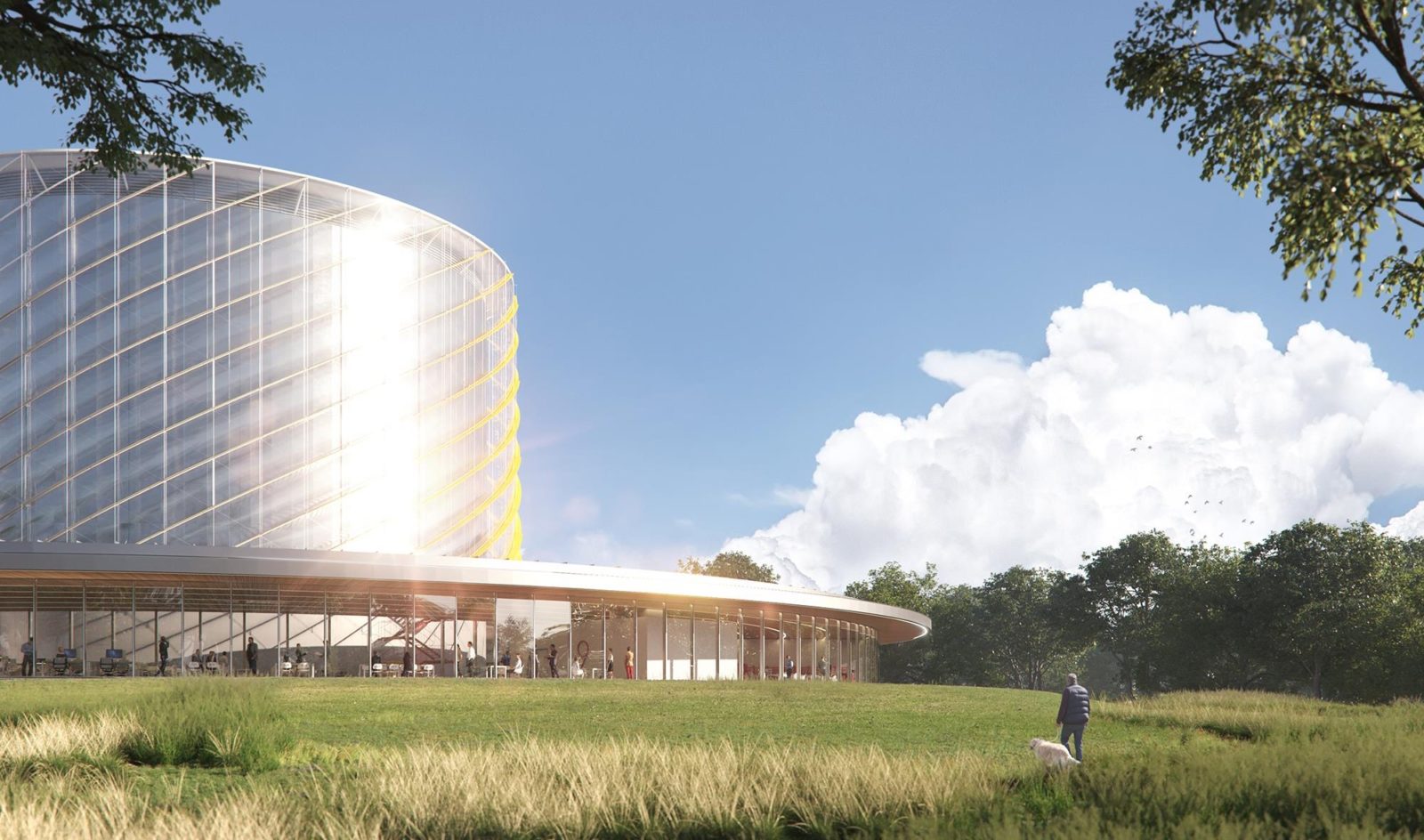 Canada’s General Fusion and the UK Atomic Energy Authority (UKAEA) have initiated projects to advance the commercialisation of magnetised target fusion energy as part of an important collaborative agreement. With these unique projects, General Fusion said it will benefit from the vast experience of the UKAEA’s team. The results will hone the design of General Fusion’s demonstration machine being built at the Culham Campus in Oxford. Ultimately, the company expects the projects will support its efforts to provide low-cost and low-carbon energy to the electricity grid.
Canada’s General Fusion and the UK Atomic Energy Authority (UKAEA) have initiated projects to advance the commercialisation of magnetised target fusion energy as part of an important collaborative agreement. With these unique projects, General Fusion said it will benefit from the vast experience of the UKAEA’s team. The results will hone the design of General Fusion’s demonstration machine being built at the Culham Campus in Oxford. Ultimately, the company expects the projects will support its efforts to provide low-cost and low-carbon energy to the electricity grid.
General Fusion’s approach to fusion maximises the reapplication of existing industrialised technologies, bypassing the need for expensive superconducting magnets, significant new materials, or high-power lasers. The demonstration machine will create fusion conditions in a power-plant-relevant environment, confirming the performance and economics of the company’s technology.
“The leading-edge fusion researchers at UKAEA have proven experience building, commissioning, and successfully operating large fusion machines,” said General Fusion CEO Greg Twinney. “Partnering with UKAEA’s incredible team will fast-track work to advance our technology and achieve our mission of delivering affordable commercial fusion power to the world.”
UKAEA CEO Ian Chapman said: “This collaboration will enable General Fusion to benefit from the ground-breaking research being done in the UK and supports our shared aims of making fusion part of the world’s future energy mix for generations to come.”
General Fusion benefits from the UKAEA’s expertise in building polychromators, which are used in an industry-standard diagnostic called Thomson Scattering that measures electron temperature. The UKAEA will be building a new, larger Thomson Scattering system, which will be installed on General Fusion’s fusion demonstration machine at Culham. Electron temperature measurements are used for thermal confinement calculations, a fundamental calculation to determine experiment success.
Since its establishment in 2002, General Fusion has formed over 200,000 hydrogen plasmas, averaging 100 neutron-generating plasmas a day. In its collaboration with the UKAEA, the company will harness UKAEA’s extensive neutron modelling software and expertise to simulate the neutron flux distribution from General Fusion’s operational large-scale plasma injector (PI3) as well as future machines. The simulation results from PI3 will be used to develop higher level physics models that will inform the design of neutron diagnostics on future machines, including the fusion demonstration and commercial power plants.
In the past 20 years, enabling technologies, such as advanced composite materials and additive manufacturing, have offered innovative new pathways to resolve historical barriers to fusion energy. In General Fusion’s fusion demonstration, the design will use special steel that can withstand the high temperatures and compressive forces found in a fusion vessel. The UKAEA will use its vacuum facilities to test the specific steel that General Fusion will use and help inform the demonstration facility’s final design.
Image: General Fusion's vision for its plant of the future (courtesy of General Fusion)






